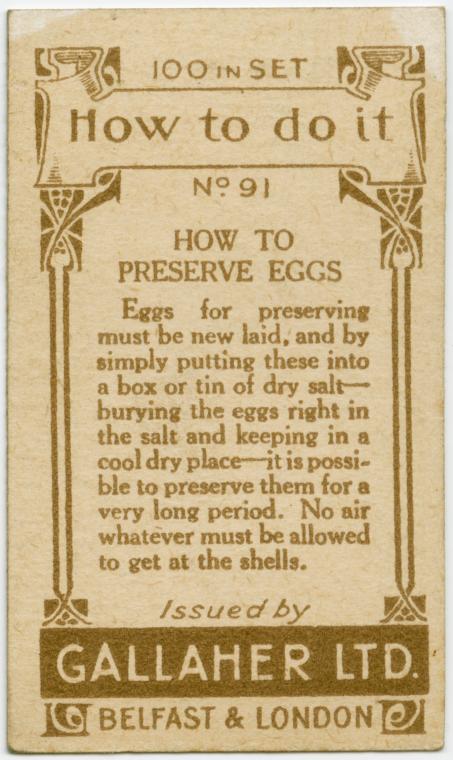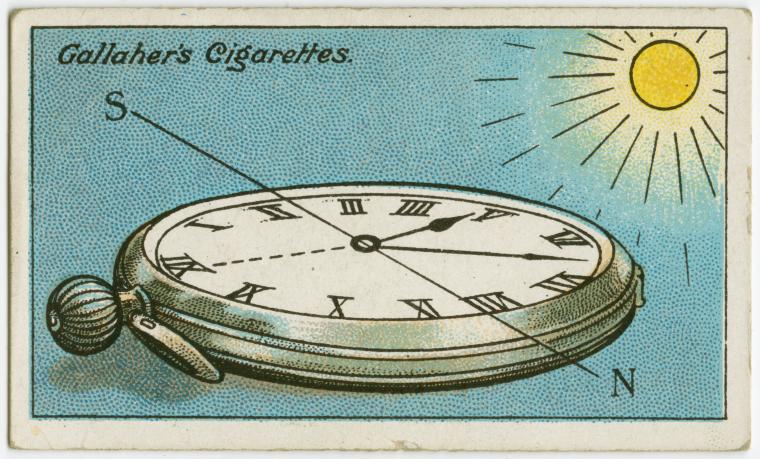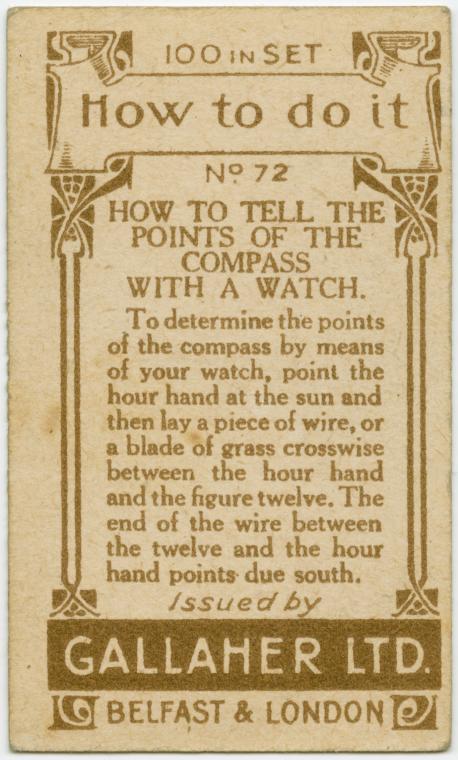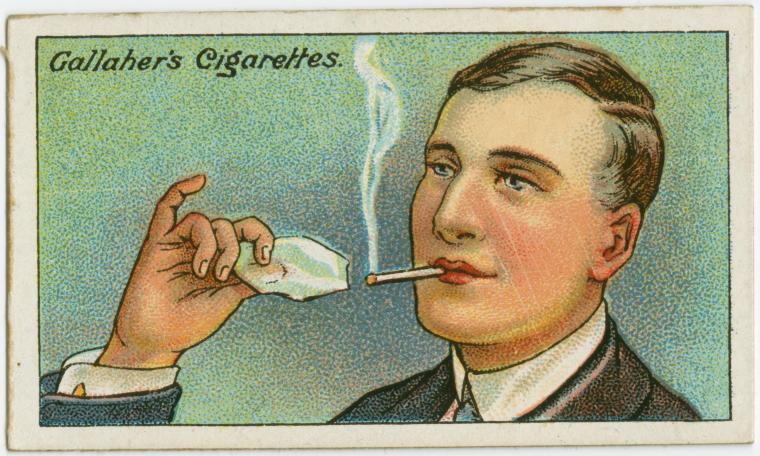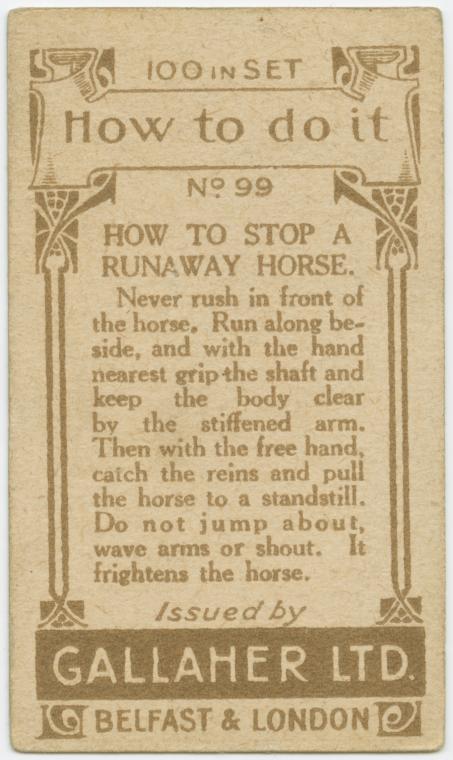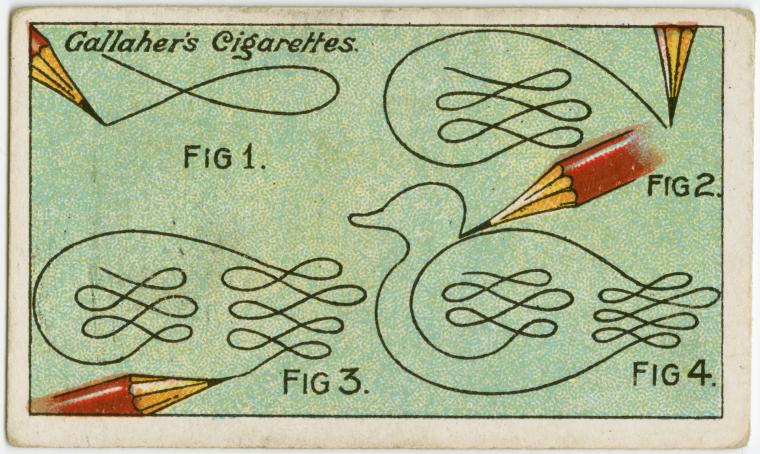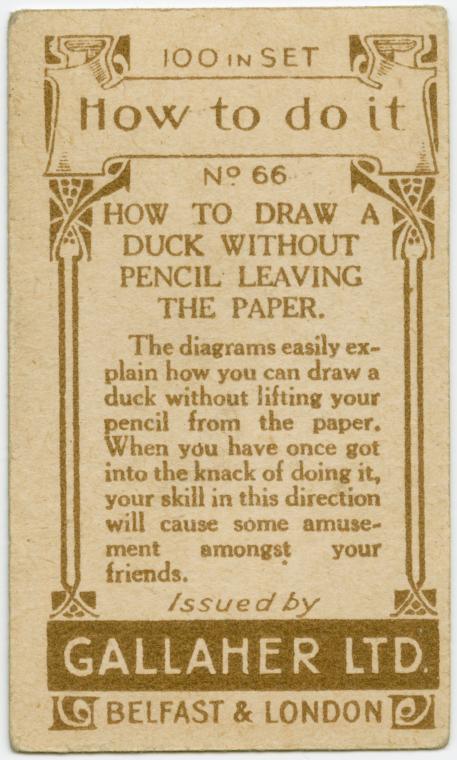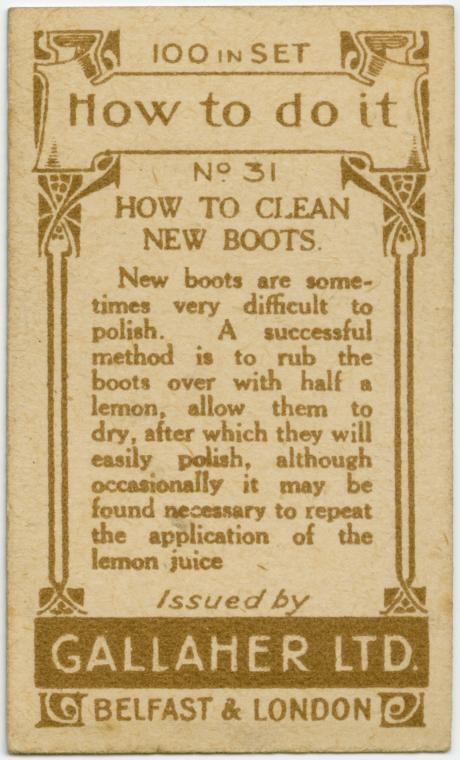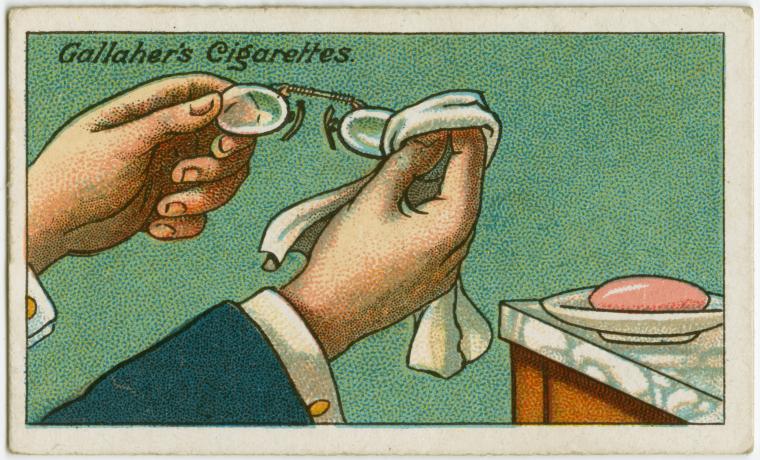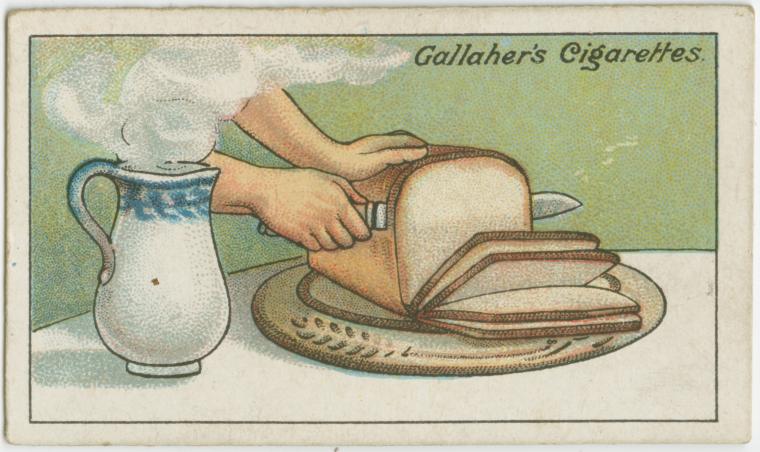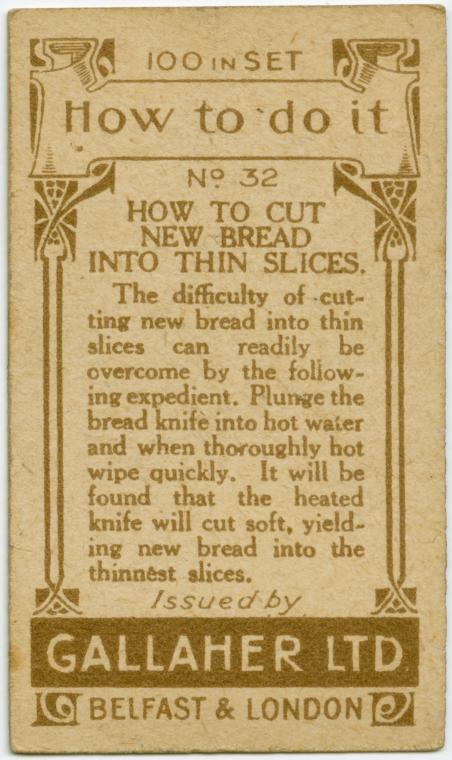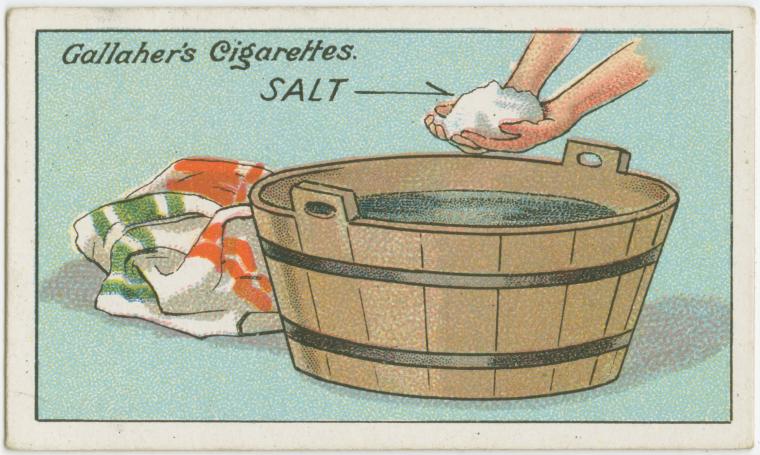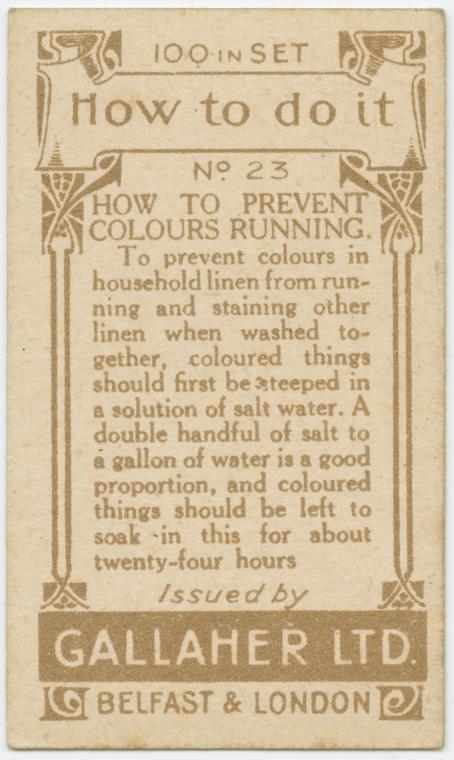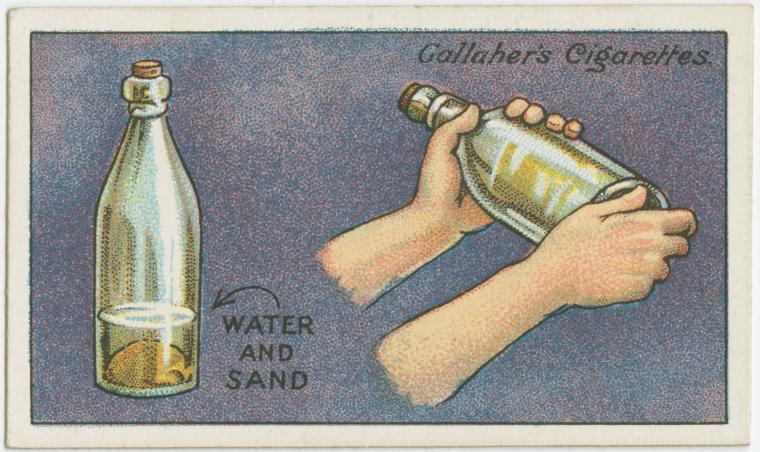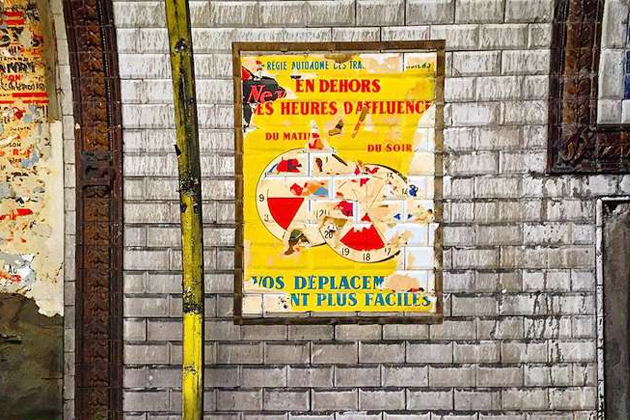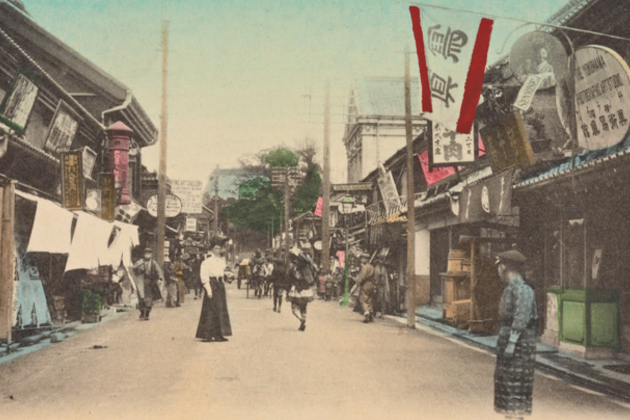How to Do It:
Ten Practical Advice on Cigarette Packs from the Early 20th Century
In the late 19th century, cigarette manufacturers sought to improve the design of a cigarette pack, so in order for it to maintain its shape, they inserted inside a card made of thick cardboard. These cards soon became collectibles: they featured drawings, jokes, portraits of attractive women and popular athletes. In the past 100 years they have grown in price considerably: for instance, a 1909 card from American Tobacco cigarettes depicting Honus Wagner, an eight-time champion of the National Baseball League who vehemently opposed smoking, was sold for $2.8 million in 2007. In 2013, a similar card sold at an online auction for $2.1 million.
In 1910, one of the manufacturers, Gallaher Ltd Belfast & London, tried to make their products more popular by printing practical everyday advice on the cards. You might still make use of some of the time-proven wisdoms today. The collection has 100 cards, and all of them are available on the website of the New York Public Library. Bird In Flight investigated what smokers could learn 100 years ago.
How to Preserve Eggs
“Eggs for preserving must be new laid, and by simply putting these into a box or in of dry salt — burying the eggs right in the salt and keeping in a cool dry place — it is possible to preserve them for a very long period. No air whatever must be allowed to get at the shells.”
How to Tell the Points of the Compass with a Watch
“Point the hour hand at the sun and then lay a piece of wire, or a blade of grass crosswise between the hour hand and the figure twelve. The end of the wire between the twelve and the hour hand points due south.”
How to Light a Cigarette with a Piece of Ice
“Place a small piece of potassium in the end of a cigarette, on touching this with a piece of ice, the resulting flame will ignite the cigarette, much to the astonishment of your friends.”
How to Stop a Runaway Horse
“Never rush in front of the horse. Run along beside, and with the hand nearest grip the shaft and keep the body clear by the stiffened arm. Then with the free hand, catch the reins and pull the horse to a standstill. Do not jump about, wave arms or shout. It frightens the horse.”
How to Draw a Duck Without Your Pencil Leaving the Paper
“The diagrams easily explain how you can draw a duck without lifting your pencil from the paper. When you have once got into the knack of doing it, your skill in this direction will cause some amusement amongst your friends.”
How to Clean New Boots
“New boots are sometimes very difficult to polish. A successful method is to rub the boots over with half a lemon, allow them to dry, after which they will easily polish, although occasionally it may be found necessary to repeat the application of the lemon juice.”
How to Prevent Eye-Glasses ‘Steaming’
“The moisture which collects on eye-glasses causes a great deal of trouble, but if the glasses are daily rubbed with soap and well polished afterwards, a very thin invisible film of soap remains, which has the effect of preventing the condensation of moisture on the glasses.”
How to Cut New Bread into Thin Slices
“The difficulty of cutting new bread into thin slices can readily be overcome by the following expedient. Plunge the bread knife into hot water and when thoroughly hot wipe quickly. It will be found that the heated knife will cut soft, yielding new bread into thinnest slices.”
How to Prevent Colors Running
“To prevent colors in household linen from running and staining other linen when washed together, coloured things should first be steeped in a solution of salt water. A double handful of salt to a gallon of water is a good proportion, and colored things should be left to soak in this for about twenty-four hours.”
How to Clean Bottles
“To clean the interior of bottles, a little sand and water should be well shaken about inside them. This will have the effect of cleansing every part, and the bottles can then be washed out and dried.”
Images: Digital collection of the New York Public Library
New and best

